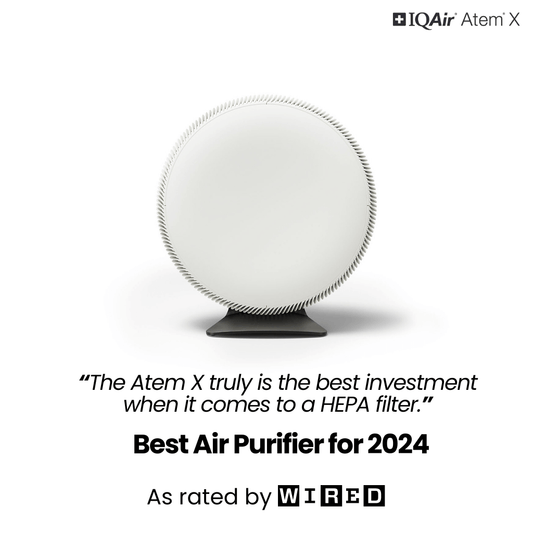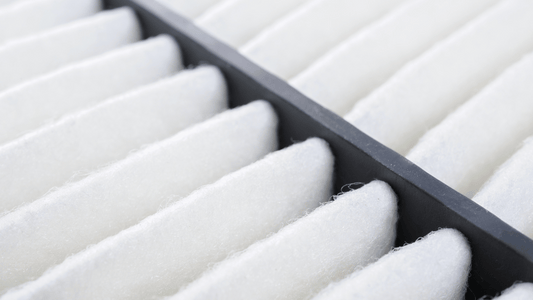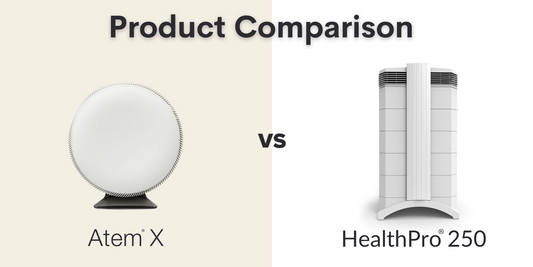The Chinese air purifier standard has faced frequent changes in the last 15 years. At times it has not been very specific in telling companies what they can and can’t say about their air purification systems. It wasn’t until 2008 that the government decided that change was necessary; they then updated the 2002 Chinese air purifier standard to attempt to improve the quality of air purification systems. Despite this, there have been many attempts to exaggerate on air purifier claims in China alone.
With China's well-publicised, and frankly horrendous, air pollution problems, it is no surprise that the air purifier sector has been booming in recent years. In 2013, 2.4 million air purifiers were sold in China and this increased to 5.1 million in 2014, according to China Daily. Just like in the UK, the problem is that the majority of these devices are not fit for purpose. The Shanghai Bureau of Quality and Technical Supervision carried out a spot check on the air purifiers being offered for sale and found that only three out of 20 actually met advertised claims. The Beijing Municipal Bureau of Industry and Commerce reported that many producers make exaggerated and misleading claims for their air purifiers. Unlike other consumer appliances (e.g. refrigerators) it is difficult for the buyer to assess the performance of an air purifier, as most indoor air pollution is invisible. Manufacturers have clearly been taking advantage of this. To find out how to best assess an air purifier, visit our "Best Air Purifier Based on Reviews" page.
Thus, the need for a national Chinese air purifier standard that truly protects the consumer became urgent. The first such standard was adopted in 2002 and was updated in 2008. A draft of the new Chinese air purifier standard was put up for public discussion in 2014 and is to be implemented on March 1 2015. "This is a good chance to shape the market," said Zhu Tianle, Vice Dean of the School of Chemistry and Environment, Beihang University, Beijing, speaking at a Clean Air Alliance of China meeting.
The new Chinese air purifier standard is, according to the standardization authority, meant to be both scientific and unified in its approach to the evaluation of air purifiers. It requires air purifiers to be clearly labelled with:
- Cleaning capacity
- Average filter life
- Service life
- The volume of space that can be effectively cleaned (matching the purifier to the size of the room, in other words)
- Noise (a four-level classification)[1]
- Energy efficiency
- Clean Air Delivery Rate (that is, the volume of air free of particles delivered per minute)[2]
Testing under the new standard also checks the ability of the air purifier to remove:
- Particulate matter (both 5 and PM10)
- Gaseous (chemical) pollutants like formaldehyde, benzene and other volatile organic compounds
- Bacteria
The new Chinese air purifier standard has taken on board some of the latest methods of testing and has been compiled by a large group of academic and industrial experts in the field. It is an admirable attempt, to take control of the growing air purification market in China. Elsewhere, although some standards do exist (for particle filtration, for instance), there is no real harmonisation of regulations. How the Chinese air purifier standard will work in practice remains to be seen. Are the testing authorities taking random samples of purifiers from the market, or are they relying on manufacturers to send them their 'best' models which are bound to get good test results? It would be good to see some international cooperation in this area, particularly given that the ultimate goal is the protection of human health.
Further information:
Yan Z (2015). An updated national standard on air cleaner. China Standardization November/December 74-77
http://www.cspress.com.cn/pic/Upload/file/201511/V6358388301938806256953.pdf
[1] To find out more, visit our post: “How to assess an air purifier’s noise levels?”
[2] There are some problems with the CADR standard, to find out more visit “CADR – Clean Air Delivery Rate”




